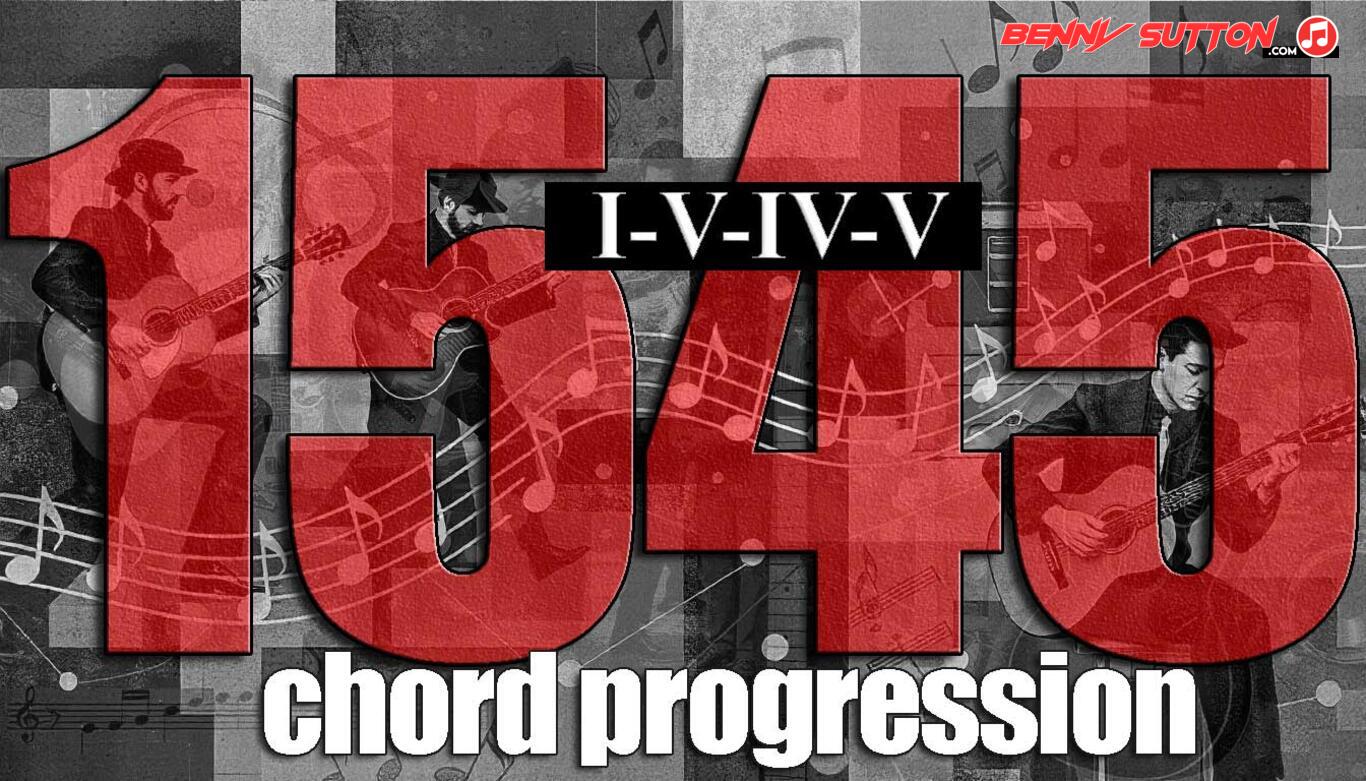A sequence of chords organized over time to imply tonal direction, tension, and release. Progressions may follow functional harmony (tonic–predominant–dominant–tonic), modal movement, or pattern-based vamps. They underpin form, melody placement, and voice-leading, and are often expressed as Roman numerals or Nashville numbers to allow easy transposition.
Chord Progressions get argued about in court these days. Can you copyright them? NO. Chord Progressions are the backbone of modern music
Chord Progressions: Harmonic Motion and Creative Application
Chord progressions form the grammatical structure of tonal music. Ask Ed Sheeran. They dictate the direction, tension, and resolution that make melodies coherent and emotionally persuasive. In functional harmony, chords act like words in a sentence: the tonic (I) represents home or rest, the dominant (V) creates tension demanding release, and the subdominant (IV) serves as a bridge between them. The interaction of these functions shapes everything from classical cadences to modern pop vamps.
Harmonic grammar and common types
The simplest and most enduring harmonic motion is I–IV–V–I, which underpins countless blues, folk, and rock songs. The ii–V–I progression in jazz evolved from this same logic, refining it through smoother voice-leading. In modal and contemporary contexts, progressions may abandon strict tonal resolution, using repetitive cycles (vamps) to establish mood rather than functional closure.
A chord progression’s harmonic rhythm—how long each chord lasts—is as significant as its order. A static one-bar-per-chord loop feels very different from extended harmonies that evolve over entire phrases. Arrangers manipulate harmonic rhythm to create variety and phrasing tension within otherwise simple materials.
Common progressions across styles
| Name / Type | Roman Numerals | Example in C | Notes |
|---|---|---|---|
| 12-Bar Blues | I–I–I–I / IV–IV–I–I / V–IV–I–V | C7–C7–C7–C7 / F7–F7–C7–C7 / G7–F7–C7–G7 | Cyclical dominant motion; forms basis of blues, rock, and jazz blues variants. |
| I–V–IV–vi (“Axis”) | I–V–IV–vi | C–G–Am–F | Modern pop sequence with strong melodic pull and circular tonality. |
| ii–V–I (Jazz Cadence) | ii–V–I | Dm7–G7–Cmaj7 | Defines tonal resolution; essential in bebop, bossa nova, and standards. |
| I–vi–IV–V (50s) | I–vi–IV–V | C–Am–F–G | Classic doo-wop and early rock; archetype of cyclical romantic ballads. |
| I–bVII–IV (Mixolydian Rock) | I–bVII–IV | D–C–G | Modal rock sound; lacks traditional dominant, creating open, static tonality. |
| vi–IV–I–V (Pop Inversion) | vi–IV–I–V | Am–F–C–G | Common in modern pop EDM; reversed harmonic gravity emphasizing minor color. |
| 1–5–4–5 Vamp | I–V–IV–V | C–G–F–G | Extended loop used for soloing and grooves; common in blues-rock and gospel. |
| Modal ii–I (Dorian cadence) | ii–I | Dm7–Cmaj7 | Characteristic of modal jazz and funk; avoids dominant resolution. |
Each of these progressions implies different emotional shading. The traditional major system relies on predictable cadences; modal or borrowed chords introduce ambiguity and freshness. Understanding why progressions work allows musicians to transform clichés into original statements.
Scale choices for improvisation
Improvisers treat each chord as a momentary tonal center. Over I–IV–V in C, one can use the C major or C mixolydian scale across all chords for a simple diatonic approach. For more contrast, outline each chord’s mixolydian mode: C mixolydian over C7, F mixolydian over F7, and G mixolydian over G7. This emphasizes each dominant’s unique color tones.
The ii–V–I invites richer modal substitution. Over Dm7–G7–Cmaj7, use D dorian, G mixolydian (or altered/lydian dominant), and C major scale or lydian. Chromatic targeting of guide tones (thirds and sevenths) connects each chord smoothly. Jazz players expand this further using arpeggios, tritone substitutions, and secondary dominants to create harmonic movement even within static progressions.
In rock or pop contexts, the major pentatonic often suffices, but relying exclusively on it leads to predictability. Incorporating modal shifts—dorian or lydian—adds sophistication. Blues players often superimpose the minor pentatonic over a major progression, generating the characteristic tension between minor melody and major harmony.
Beyond formulas
The art of harmonic design lies in variation. Too many progressions recycle the same cadences with predictable outcomes. To avoid this, reharmonize melodies using inversions, suspensions, or borrowed chords (e.g., iv in major, bVII in minor). Adjust harmonic rhythm by extending the tonic or inserting secondary dominants for momentum. Contrast sections: verse loops can be static while bridges explore modulation or chromatic shifts. The best progressions balance familiarity with novelty.
A mature composer or improviser treats a progression as a landscape, not a cage. The goal is not to reinvent harmony from scratch, but to manipulate its expectations: delay a cadence, pivot through mediant relationships, or use parallel modal borrowing to refresh familiar moves. In any genre, understanding progression logic—functional, modal, or static—is the key to turning harmonic patterns into expressive, evolving music.
